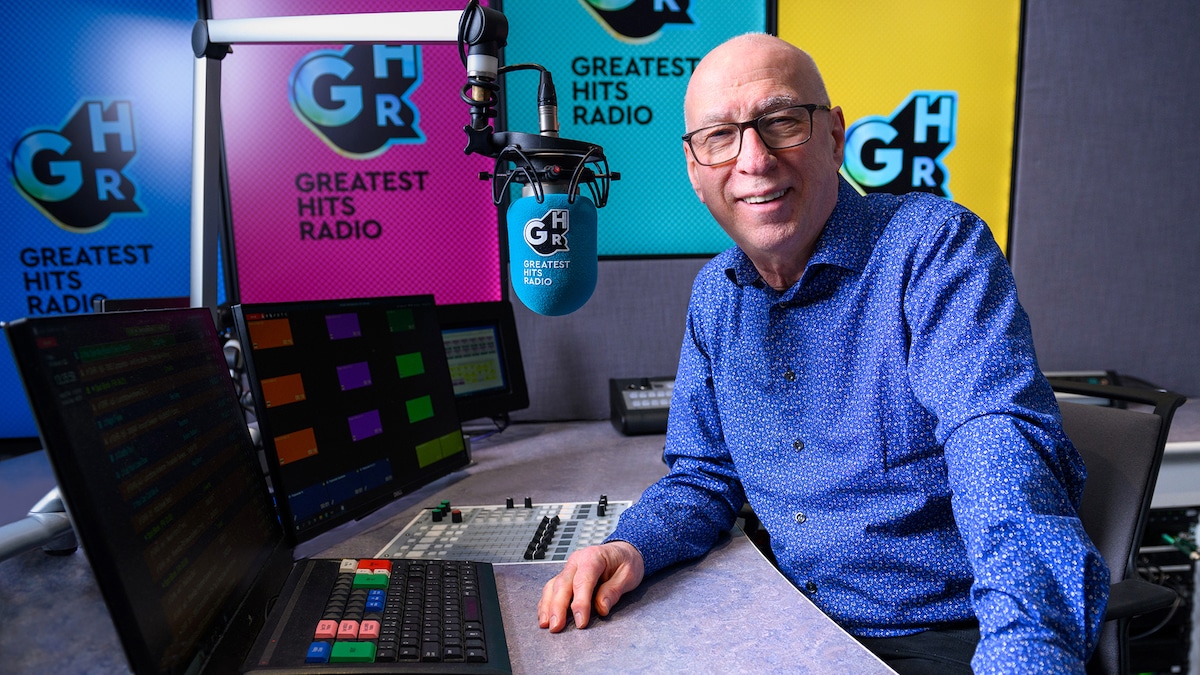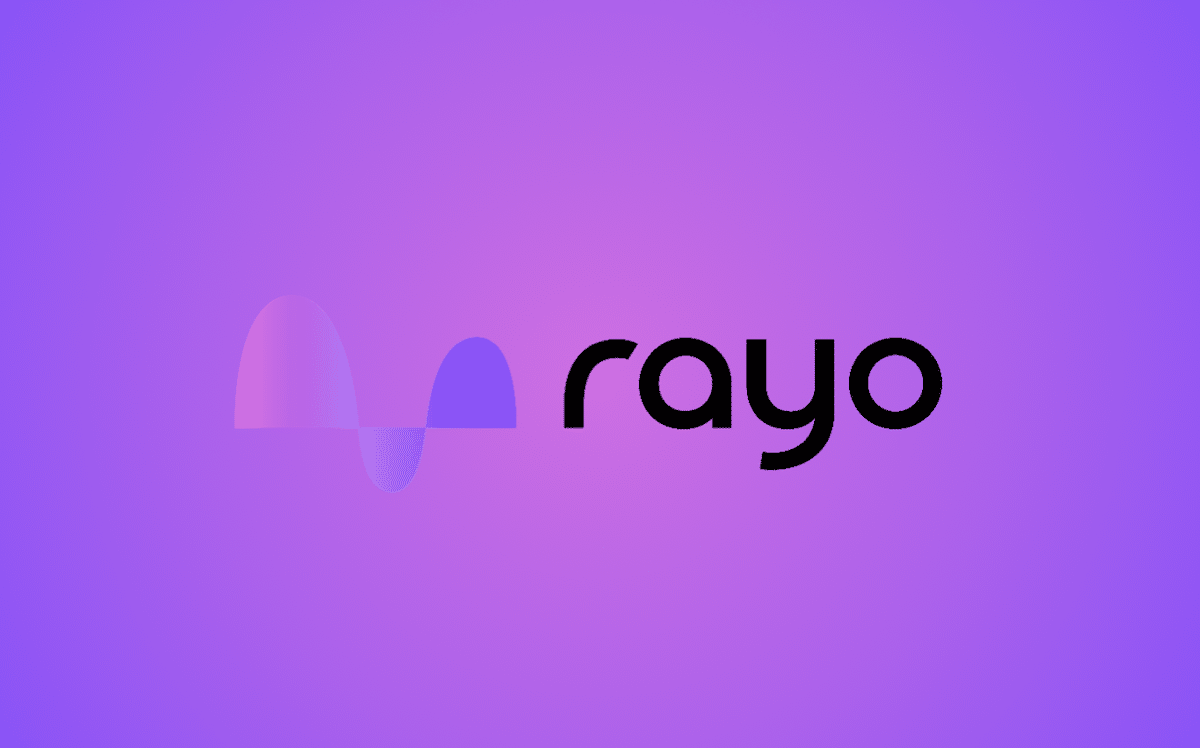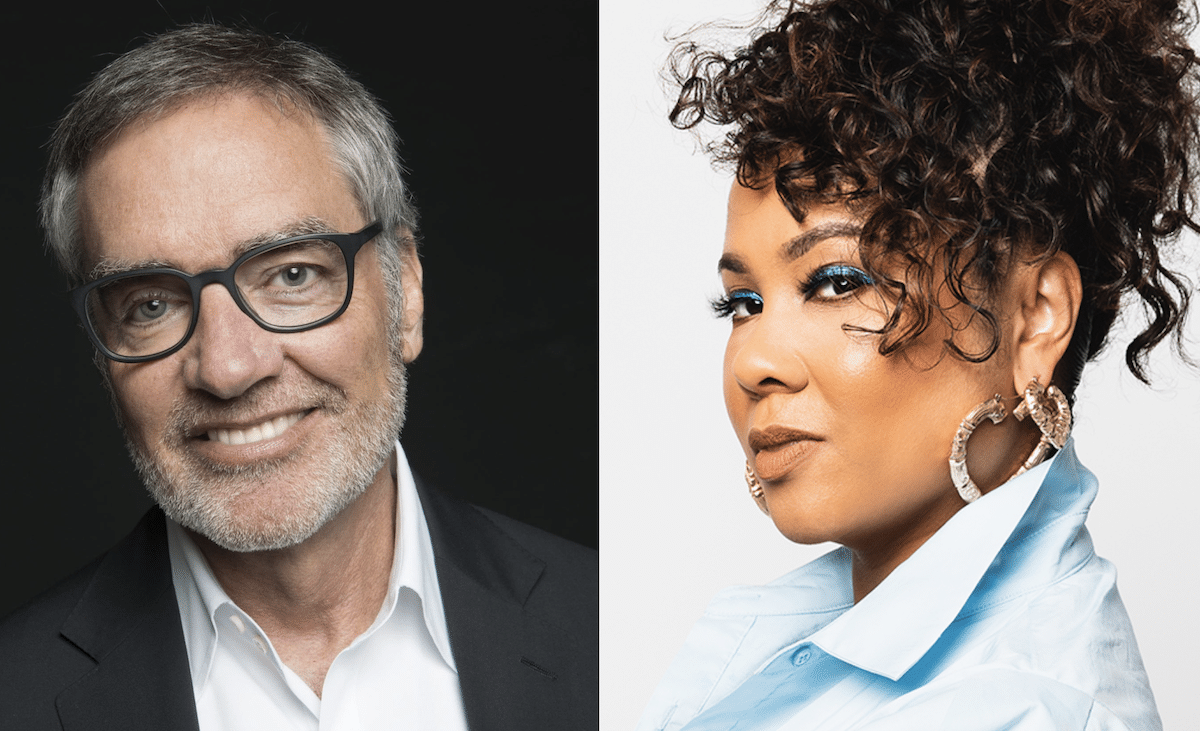
Jim Receveur was born in Saskatchewan, Canada, and began his radio career there, helping start several FM stations. At 27, he moved to Copenhagen, transferring his startup skills to Scandinavia, where he founded Denmark’s first commercial radio network, Uptown Radio and Radio Booking. When Clear Channel (now iHeartMedia) bought Uptown Radio and Radio 2, Receveur became responsible for Denmark and international expansion, reporting directly to Clear Channel’s headquarters in the United States.
After selling the network to German media conglomerate SBS, the Dutch media company Talpa Media (that had just won the FM6 license) appointed Receveur CEO to launch a new station, Radio 100, which became Denmark’s top commercial station within 100 days. Recognizing the station’s potential, he bought Radio 100 and started his own network, adding other stations, including Soft and Klassik. Receveur sold the network to opposition group Discovery in 2015 and became CEO of the combined company before overseeing its sale to Bauer Media in 2018.
Receveur has won multiple awards for his achievements, and his entrepreneurial mindset has been a key driver in his ability to grow traditional radio, transform to digital and turn around underperforming stations in challenging markets.
RedTech: How is Bauer differentiating itself in Denmark and Norway to grow audience and revenue share?
Jim Receveur: In Denmark I run the largest commercial radio and audio operator in the market with six main FM brands and over 30 digital IP brands plus podcasts. Working with our sales partners Bauer Media reaches most of the commercial market. In Norway, we’re leaders in digital listening, and we’re using the additional flexibility provided by digital to create innovative content formats like Podplay Radio — an IP station based off our podcast content. Our leading position in digital also gives us a higher power ratio on revenue share compared to our competitors.
Yesterday, we lived in a protected FM license area where only so many people could join the party — now everybody can join, and we have years of knowledge and studies to show how to do it right. We shouldn’t waste this opportunity.
RedTech: What is happening to time spent listening and loyalty to radio in Norway and Denmark?
Receveur: Radio and audio continue to be popular in Denmark and Norway, with audiences valuing the entertainment, companionship and useful information provided by the format. However, consumers now have more choice than ever before, and there is greater competition for their time and attention.
We feel this, but we’re outperforming the public service brands and other forms of media in audience retention, and we’re continuing to focus on finding and keeping new audiences, ensuring that we provide a world-class audio experience.
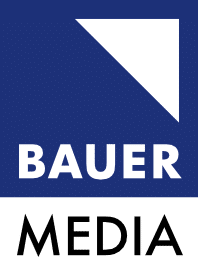
RedTech: With such increasing competition from online audio, both streaming and on-demand, how is Bauer sustaining its audience loyalty and advertising support?
Receveur: Audience loyalty to our programming is based heavily on our hosts’ ability to interact and connect with the listener and be up-to-date with everything touching our audience’s life today. Plus, we ensure our music and perception studies are ahead of the curve. On an advertising level, we are the most advanced radio group in the world. Our advertisers buy target rating points based on day-to-day research from PPM. Our advertisers know exactly who they are reaching on a daily basis on FM, and we provide them with data sets such as case studies, return on investment studies and sales modulating. Today we need to both document our listeners and our results. For advertisers it’s important that we’re reaching the market that is ultimately responsible for purchase, but it’s also key that we provide broader reach and awareness through scaled audiences across key age demographics.
RedTech: Bauer is experimenting with a number of models to commercialize its digital content. Can you give examples of what you are doing and whether it seems to be succeeding?
Receveur: We have worked at targeting over 50s on a more individual basis to increase the revenues we receive from them. We first looked at subscription, as we saw there was a demand from some of our listeners for commercial-free programming, and even more content. We are also focusing on commercializing podcasts, which offer additional targeting opportunities in certain cases. This means native advertising targeting this market is more efficient and less costly.
RedTech: What have you learned about how Gen Z consumes media and content, and how has it informed your strategy?
Receveur: Gen Z is the most exciting and challenging age group out there. They are 100% digital-first, easily stressed and cannot be away from their phones for more than a minute. We want to be in all of the places that they are, so we must adapt to ensure our content and social media info reaches them. We also need to work with other social media forms like Instagram and TikTok.
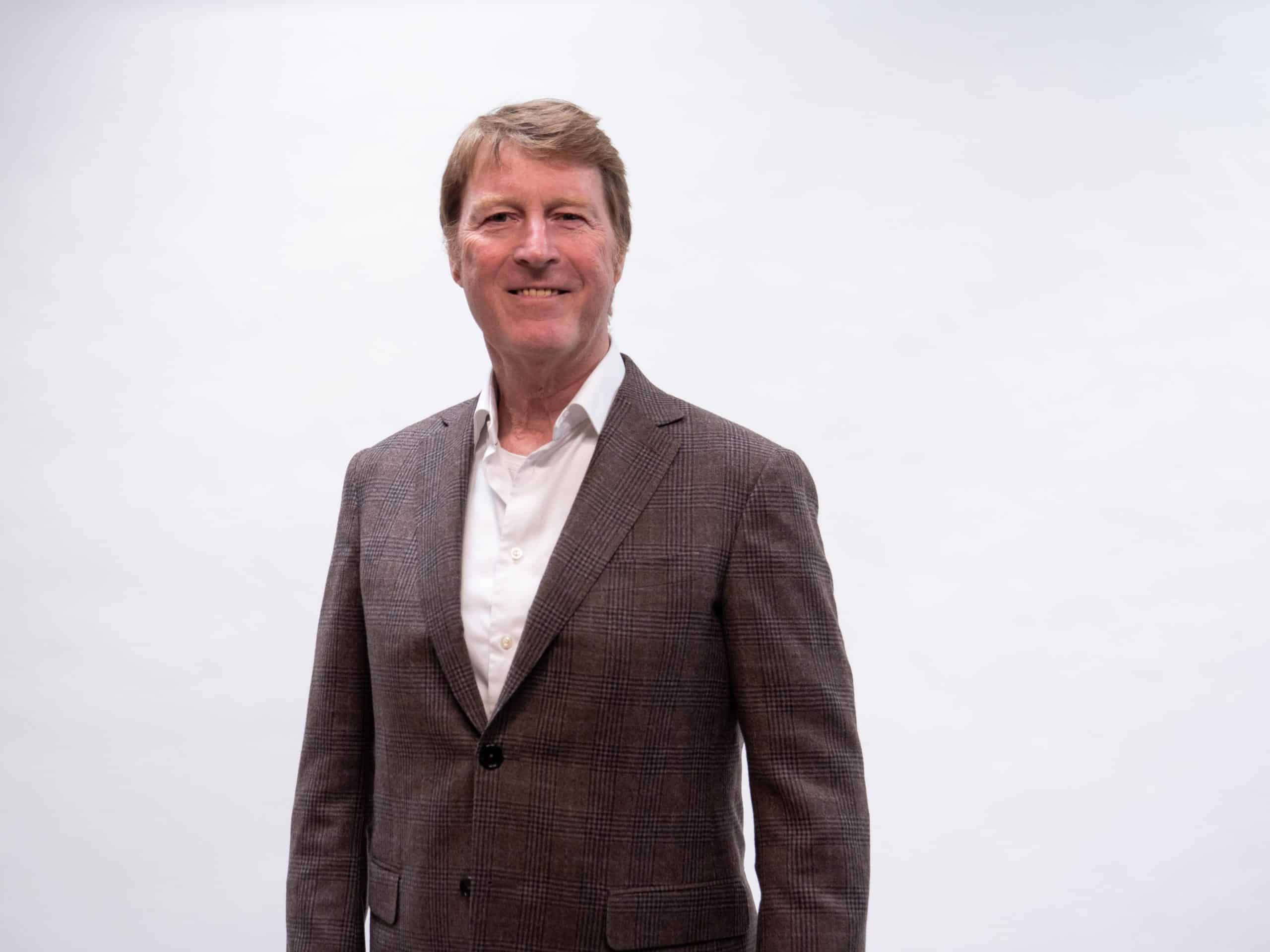
RedTech: How are you using technology and software to strengthen your business by growing revenue or cutting costs?
Receveur: Technology is constantly a challenge, but we look at it, and software, from an external perspective focused on our listeners. For instance: How can we sound better and be better placed on smart speakers?
A great example of this is Rayo, our new digital audio product and brand which reinvents radio for an online, on-demand environment to meet the ever-changing needs of listeners and commercial partners across Europe. Rayo will become the destination to unite all of Bauer’s world class audio, with a unique and relevant content offer in each market. It will combat content overload by connecting listeners with unmissable audio content that matches every mood and moment.
Internally, we look at things like how to optimize booking commercials and marketing, music and advertising studies. Optimizing through our booking is done by target groups. When we have six major FM stations and over 20 IP stations it’s important that when a client buys, for instance, age group 25–50 with cars, that we can position the commercials on different stations, so we enhance the affinity. Sometimes our radio pop that is traditionally after an older age group reaches the best results in the age group during an advertising block, so it’s important that we have more commercials in this block to optimize. This means there is not the same number of commercials on each station but the right amount to optimize the target group.
Gen Z is the most exciting and challenging age group out there. They are 100% digital-first, easily stressed and cannot be away from their phones for more than a minute.
RedTech: How important is radio on the car dashboard for Bauer? How have your programming and sales divisions adapted to ensure Bauer stations are relevant to audiences and advertisers as large screens become the primary entertainment console in the car?
Receveur: The dashboard is extremely important to us and we work with car dealers and industries constantly to make sure we get optimal space. The large screens mean we need to be more than audio — more visually attractive. We are continually challenging ourselves to be more attractive in programming and for advertisers — to be more relevant around where listeners are and what is around them.
RedTech: What keeps you up at night?
Receveur: The possibilities of the future. I am very optimistic and an entrepreneur and really believe in the future of audio. Having a very healthy base of traditional listeners and an understanding of where audio listeners are going in the future is exciting. Yesterday, we lived in a protected FM license area where only so many people could join the party — now everybody can join, and we have years of knowledge and studies to show how to do it right. We shouldn’t waste this opportunity to combine a world of traditional knowledge with new boundaryless technology.
RedTech: Describe an ideal future for radio and audio. How do you expect a 30-year-old to be consuming media, specifically audio, in 2030?
Receveur: I think the market will change to focus more on lifestyle, not age group. Today, most CHR stations with a history of over 30 years still target 15- to 24-year-olds, but the listener profile is changing. Often this is because the typical CHR listener’s lifestyle means they like new music, even as they grow older. I believe that lifestyles will be the base factor for listeners in the future. This means they will choose their own type of music, host, geographic area, sports team, etc. However, I think this will also change, as life is very boring without surprises.













